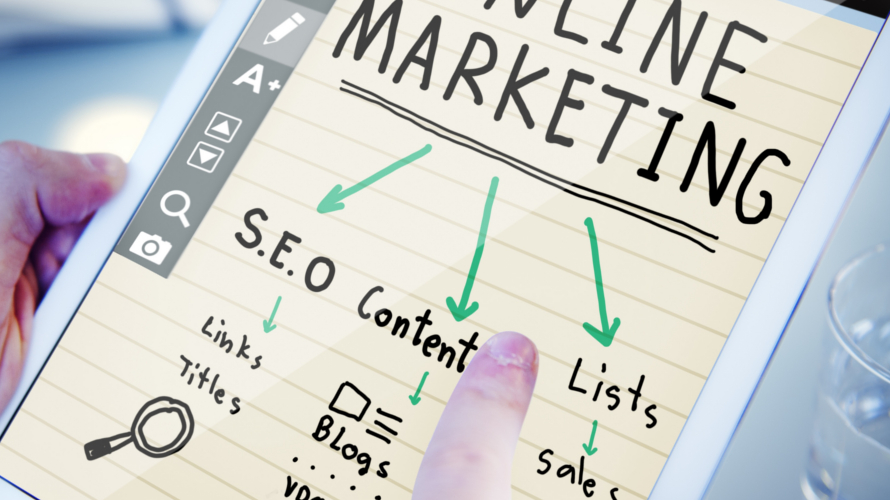How do you connect with more people on your website who want exactly what you offer? Alright, you’ve built your awesome website. Your products and services are amazing and world-changing. Just one problem: no one knows you exist. Connecting you with the people who want what you offer is supposed to be the problem that Search Engine Marketing (SEM) solves. There’s probably no more acronym and jargon-laden marketing topic than SEM. There’s SEO, PPC, Remarketing, SERP… what does it all mean and bottom line: how do I get people on my site? Right?
First, some terminology.
Search Engine Marketing (SEM) is the process of marketing your website on search engines, the biggest of which – by far – is Google. The goal is to get found when people search for what you offer on search engine and typically that means you rank higher on the Search Engine Results Page (SERP). In plain English, you ideally want to be the first result on page one of a Google result.
Search Engine Optimization (SEO) is the process and techniques of making a website achieve high rankings on Search Engine results pages (SERPS) for given keywords. For example, if you make running shoes, you want people to find you if they search for “running shoes”, or possibly “mens running shoes” and “womens running shoes”. If you sell running shoes in a local retail store, you may want to rank for “running shoes [plus your zip code]” to show in the local results. Ranking for keywords is achieved by wording you use on your site and meta tags, and the ranking itself is what is called “organic” meaning you aren’t paying to artificially boost your name in the results, it’s just what Google thinks the person searching is actually looking for.
Pay Per Click (PPC) is paying to achieve a higher result through an ad on the Search Engine Results page (typically in the ‘sponsored links’ section). These ads look very similar to the natural results. Advertisers pay a fee each time one of their ads is clicked. Effectively, you are buying visits to your site, rather than earning those visits “organically”.
WHICH IS BETTER, SEO OR PPC? DO I NEED BOTH?
Short answer: both. SEO is your long-term strategy to rank your site higher in searches. PPC gives you quick ability to get traffic to your site for specific keywords. But using SEO and PPC working together does several great things for you: it ensures the best web visibility for your business, gives you a long-term strategy to establish your sites authority in your areas of expertise, gives you short-term ability to gain site traffic, but perhaps most importantly allows you test which words work best via PPC to rank for in your SEO strategy.
Developing digital marketing campaigns that combine SEO with PPC is necessary for achieving prime listing positions, and now the only way to really maximize traffic and conversion opportunities.
In one Fortune 500 company case study, combining PPC and SEO resulted in:
- 30% increase in organic traffic
- 25% increase in paid clicks
- 35% savings in ad spend
- 20% increase in quarterly profits
HOW DOES COMBINED SEO AND PPC STRATEGY WORK?
Use PPC for Testing Different Keywords
If you would like to improve your organic keyword technique then the most effective method to do it is by means of PPC. You can use Pay-per-click ads to analyze the conversion rate of your targeted key terms. With Pay-per-click, you will get instant response on how powerful your targeted keywords are, and adjust accordingly. This allows you to control your testing in an A/B format quickly and see which keywords give you the best results.
Refer PPC Results for SEO
Now that you know what gives you the best results, you can adapt your SEO keyword approach to reflect that. This lets you discover which keywords you should target, what meta tags and descriptions work best. Think of PPC as your quick testing ground (besides a means to drive traffic immediately) and then employ the results in an ongoing process to optimize your SEO approach.

